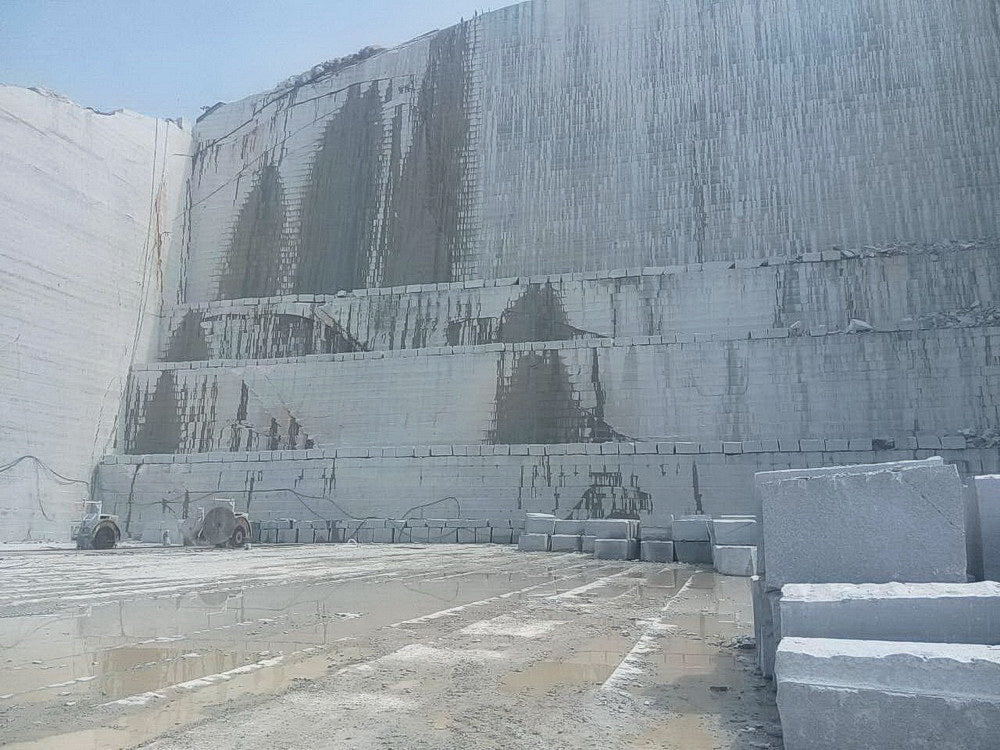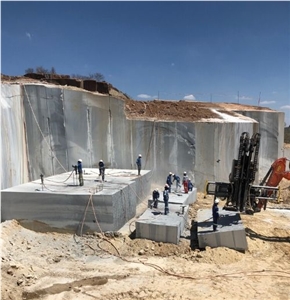Journeying Through Granite Quarries in South Africa: A Visual Odyssey
Journeying Through Granite Quarries in South Africa: A Visual Odyssey
Blog Article
Uncovering the Rich History and Lasting Practices of Granite Quarrying
As we stand on the precipice of discovering the detailed tapestry of granite quarrying, a trip with time reveals not simply the physical act of extracting stone however additionally the social and historical importance woven into the extremely material of this practice. From the ancient beginnings that laid the foundation for contemporary quarrying strategies to the sustainable practices that are shaping the future of this industry, each carve mark on granite surface areas narrates waiting to be discovered (granite quarries in south africa). The tradition of granite quarrying stretches far beyond mere removal; it is a testimony to human resourcefulness, strength, and the long-lasting attraction of this majestic stone
Old Beginnings of Granite Quarrying
Dating back to old worlds, the technique of quarrying granite has been an indispensable part of human history and architectural development. The earliest proof of granite quarrying go back to ancient Egypt, where huge pyramids and intricate sculptures were crafted from this resilient rock. The Egyptians used primitive devices to extract granite blocks from quarries, showcasing the value of this material in their huge building and constructions.
Progressing in background, the Greeks also made substantial contributions to the quarrying of granite. The Greeks used granite in various building wonders, such as holy places and sculptures, demonstrating their skill in shaping and carving this hardy stone. The Romans further refined the methods of quarrying granite, utilizing sophisticated tools like chisels and hammers to remove and form granite for their legendary structures.
Through the centuries, the practice of quarrying granite has evolved, with contemporary innovations improving efficiency while maintaining the classic allure of this all-natural rock - granite quarries in south africa. From ancient worlds to contemporary builders, the heritage of granite quarrying continues to shape our world
Evolution of Quarrying Strategies
The advancement of quarrying strategies has been noted by a continuous development towards higher efficiency and accuracy in extracting granite. Early quarrying strategies involved hands-on labor with standard tools such as knives, hammers, and wedges to extract granite blocks from the earth.
Developments in computer-controlled devices and 3D modeling have enhanced quarrying operations, leading to minimal environmental impact and improved sustainability practices. As the need for granite proceeds to increase, the development of quarrying methods remains essential to meeting market requires effectively and sustainably.
Cultural Importance of Granite
Granite holds a profound social relevance across numerous worlds due see to its long-lasting existence in building masterpieces and prized monuments. The social importance of granite expands past its physical qualities; it embodies durability, stability, and timelessness, making it an icon best site of sustaining traditions and practices.

Sustainable Practices in Quarrying
Amidst the abundant history of granite quarrying and its cultural relevance lies a growing focus on lasting techniques within the market. As ecological recognition and issues regarding source depletion have actually increased internationally, the quarrying sector has actually progressively embraced sustainable approaches to lessen its effect on the setting and surrounding areas.

Moreover, improvement and rehab of quarry websites post-extraction are important to sustainable techniques. By recovering quarried locations to a natural or advantageous state, such as producing wildlife habitats or leisure rooms, quarriers can balance out the environmental footprint you can try here of their operations and add favorably to the neighborhood community.
Legacy of Granite Quarrying
With a historic backdrop steeped in workmanship and commercial development, what withstanding impact has granite quarrying left on the landscape of modern culture? The tradition of granite quarrying goes beyond plain extraction practices; it has actually formed architectural wonders, urban landscapes, and cultural heritage worldwide. The durable nature of granite has actually made it a favored choice for monoliths, buildings, and infrastructure, standing as a testament to the ability and creativity of quarry employees throughout generations.
Furthermore, the financial impact of granite quarrying can not be neglected. The industry remains to offer work chances and drive local economic climates in regions where granite removal is common. It has likewise spurred technical innovations in quarrying strategies and equipment, bring about a lot more efficient and lasting practices.
In regards to sustainability, the legacy of granite quarrying consists of initiatives to mitigate environmental effects via improvement jobs and liable resource management. By stabilizing financial passions with environmental stewardship, the market makes every effort to ensure that future generations can continue to benefit from this enduring natural deposit.
Conclusion

Report this page